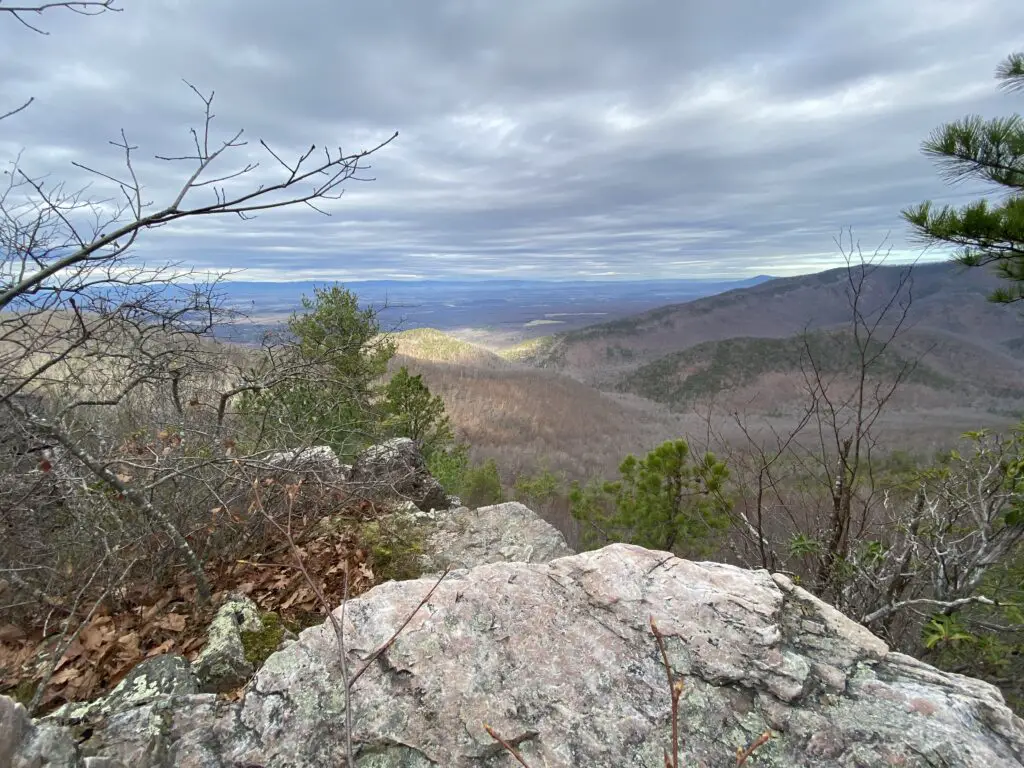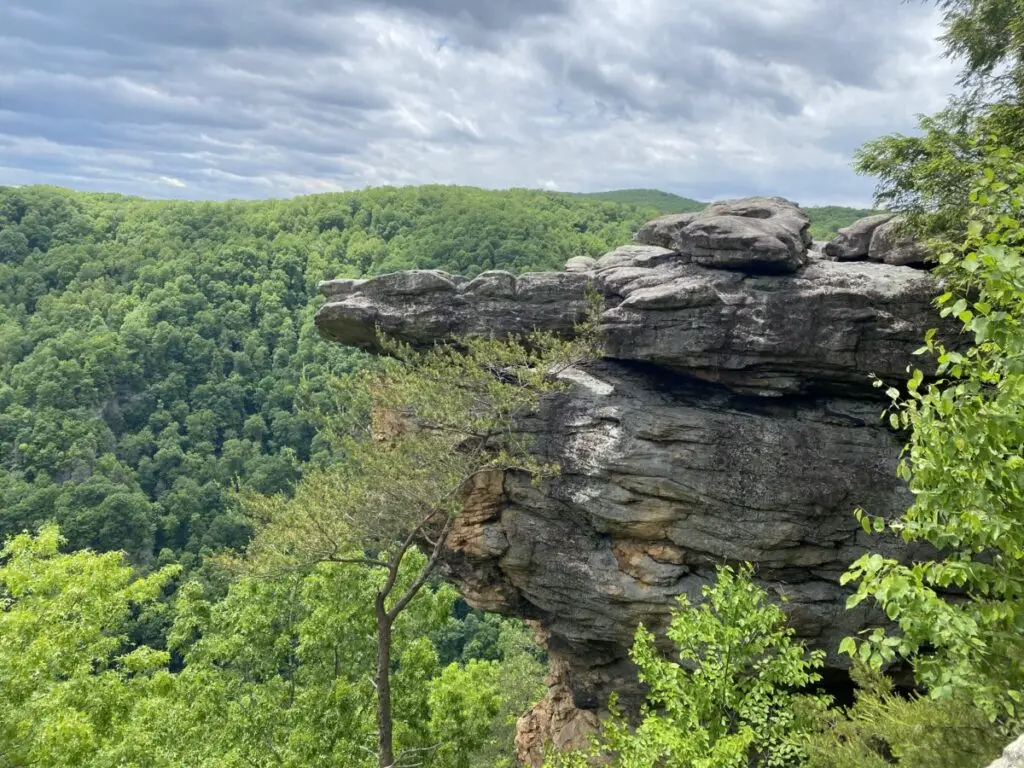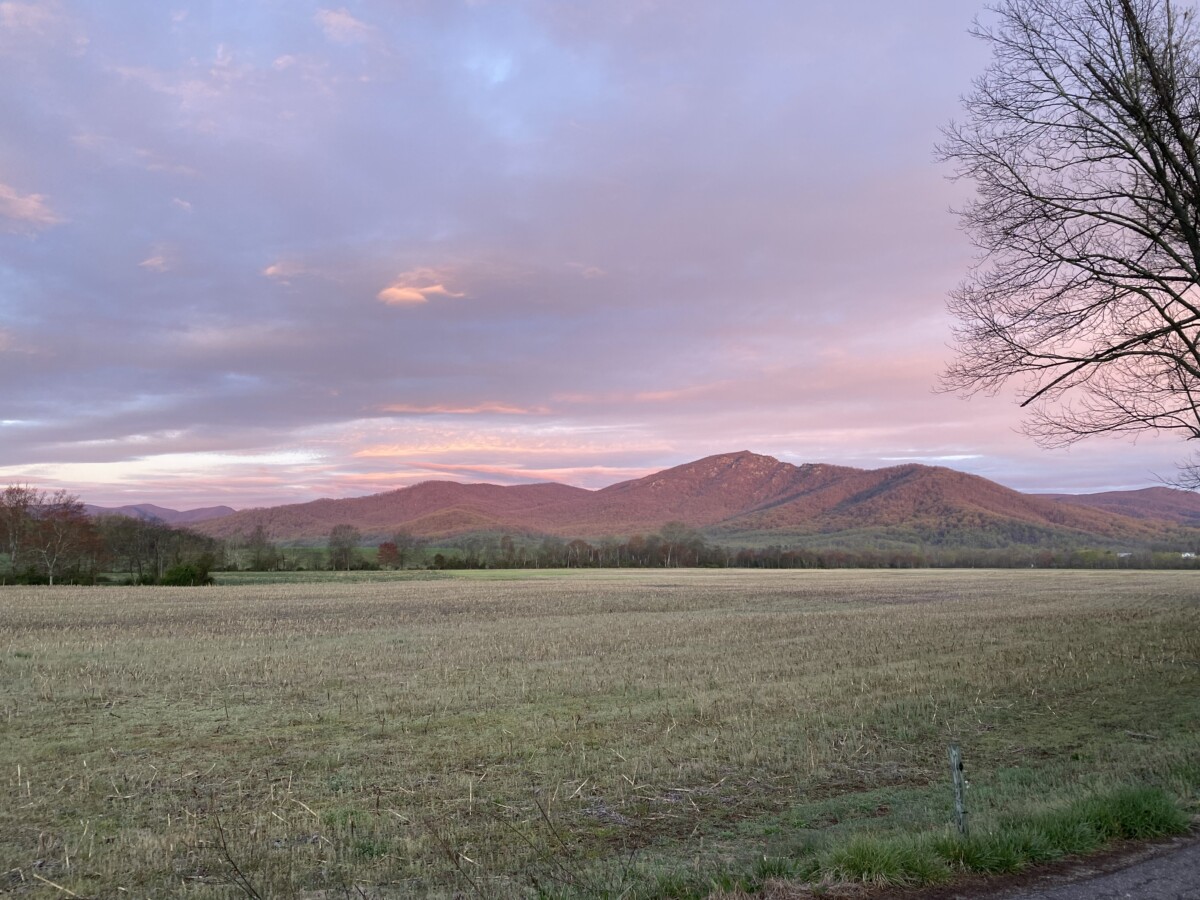If you’re itching to hit the trail but staring blankly at the map, wondering where do I even start? You’re not alone. Planning a hiking itinerary can feel a bit overwhelming, especially when you’re trying to balance safety, scenery, and not overpacking. But with a little prep (and maybe some coffee), you can map out an adventure that fits you just right.
Here’s how I plan my hiking adventures, whether it’s a quick day trip with my dog or a full-on gear-loaded overnight

Pick the Right Hike for You
Start with your own reality.
Be honest about your energy level, experience, and how much time you’ve got. Not every hike needs to be a summit. Sometimes a peaceful forest trail is exactly what your nervous system ordered.
Do a little research.
I use AllTrails (even if it can be unreliable sometimes), I check trail length, elevation gain, reviews, and recent photos. Then I cross-check with a quick Google search to read anything not mentioned in the app (like if a trail is washed out or packed on weekends).
Day hiking or backpacking overnight?
Decide whether you’re doing an out-and-back, a loop, or adding a night under the stars. That’ll change how you pack, how early you leave, and how you fuel.
A few of my go-to areas:
- Shenandoah National Park: Waterfalls, ridge walks, and loads of variety., be sure to know if the dog is allowed on the specific trail you want to venture out.
- Appalachian Trail: Plenty of options in Central Virginia, even if you’re just out for the afternoon.
- Blue Ridge Parkway: Stunning views and some sweet camping spots.

Know Your Trail Before You Go
Don’t just wing it, get your hands on a good map or at least download the trail on AllTrails ahead of time. I’ve definitely been saved by that offline map feature when cell service disappears mid-hike.
Also check:
- Trail difficulty
- Elevation gain
- Distance (one-way and total)
- Terrain (rocky, shaded, exposed, etc.)
- Any recent alerts or trail closures
And if you’re hiking with your pup like I often do, double-check if dogs are allowed (and if they need to be leashed, spoiler alert: they usually do).
Create a Loose But Realistic Schedule
Give yourself breathing room.
I plan for my pace plus time to stop and snack, enjoy the views, or just catch my breath. I tend to start early, partly to avoid the heat, partly to avoid crowds (especially on popular trails like Humpback Rocks where parking fills up fast).

Pack Smart — Not Heavy
Here’s what I always bring:
- A downloaded map + compass (even if I rarely use the compass)
- Fully charged battery bank
- Headlamp (just in case)
- Sunscreen + sunglasses + hat
- Layers (weather shifts fast in the mountains)
- Lightweight rain jacket
- First-aid kit
- Trail snacks (protein bars, jerky, trail mix)
- Water (plus a backup filter or purification tablets)
Pro tip: Always start with a solid breakfast. It makes a bigger difference than you’d think.
Leave No Trace (Seriously)
Respect the trail. Stay on it. Pack out everything. Don’t pick flowers. Don’t feed wildlife. And if your dog hikes with you, clean up after them.
This is how we keep these beautiful places wild, clean, and open for everyone.

Bonus: Tell Someone Your Plans
This one’s a non-negotiable for me. I always let my partner know where I’m going, how long the trail is, and when to expect me back. If I have service at the trailhead, I’ll shoot a quick “headed out” text. Same when I get back to the car. It’s a simple safety habit that brings peace of mind.
Planning your hike doesn’t need to be complicated, just intentional. Start with where you’re at, build some momentum, and adjust as you go.
Got a hike in mind but not sure how to prep for it? Drop it in the comments, happy to help you figure it out.




Leave a Reply